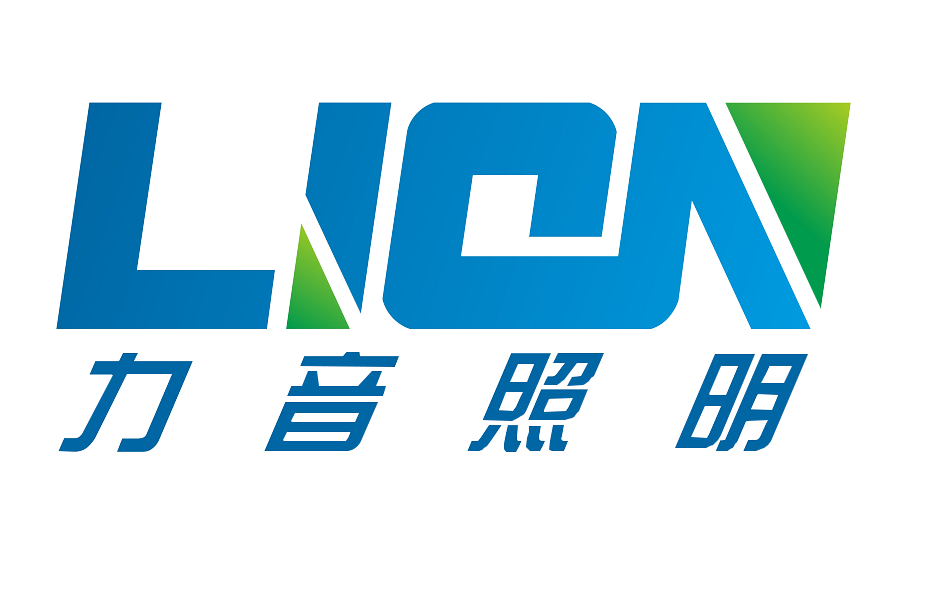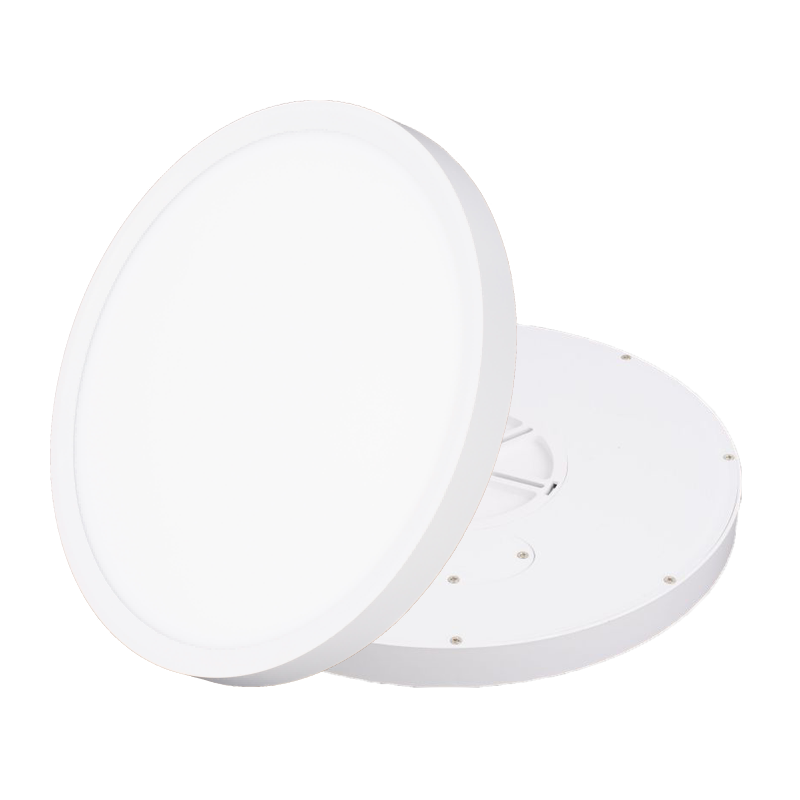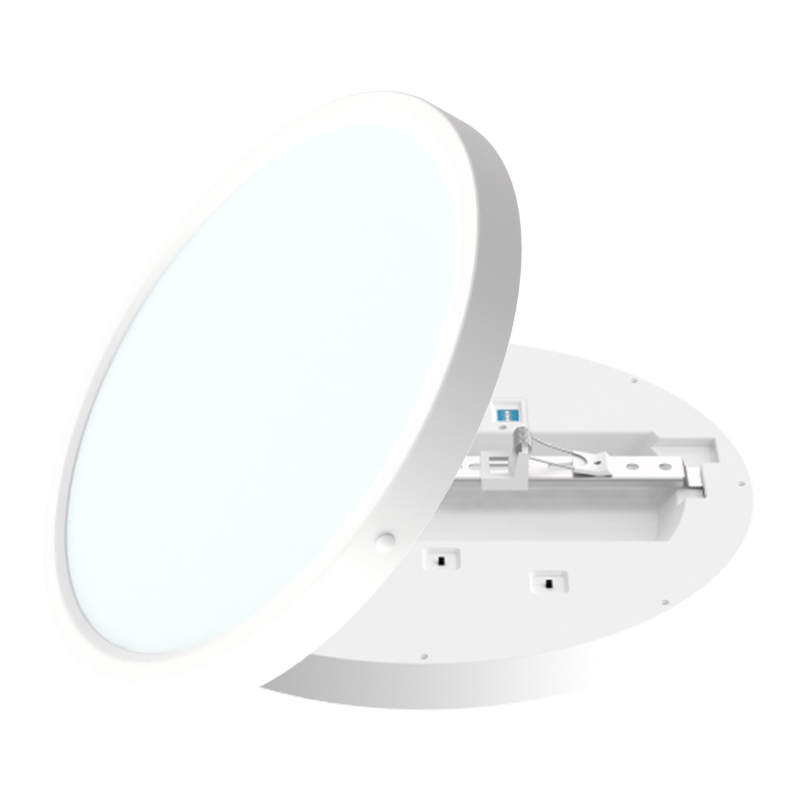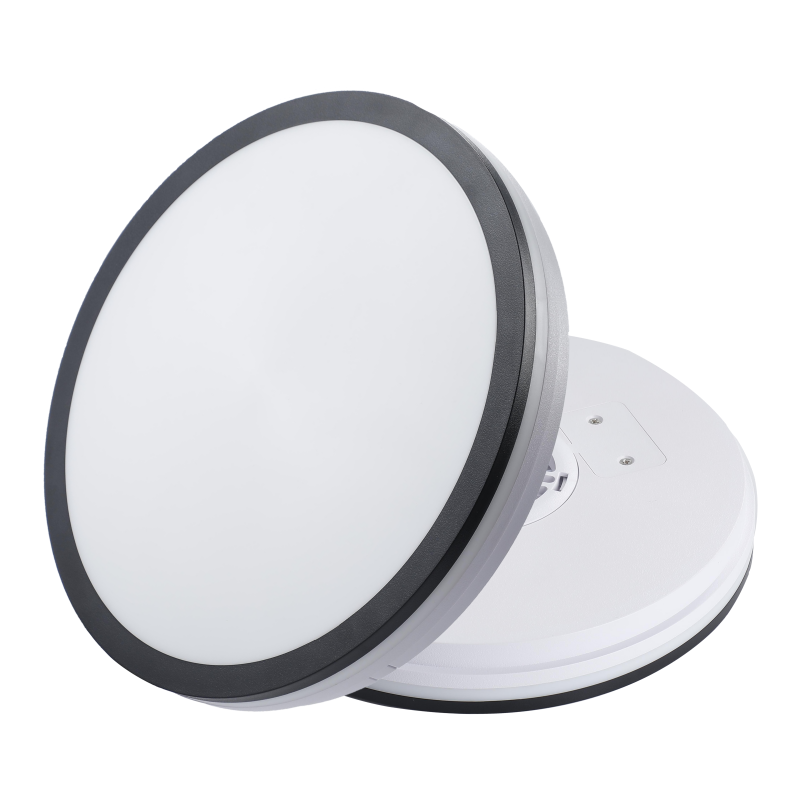The production process of lighting involves multiple links such as raw material processing, component assembly, and quality inspection. Each link may encounter problems due to factors like technology, management, or equipment, affecting production efficiency and product quality. Below are common problems in the production process and targeted solutions.
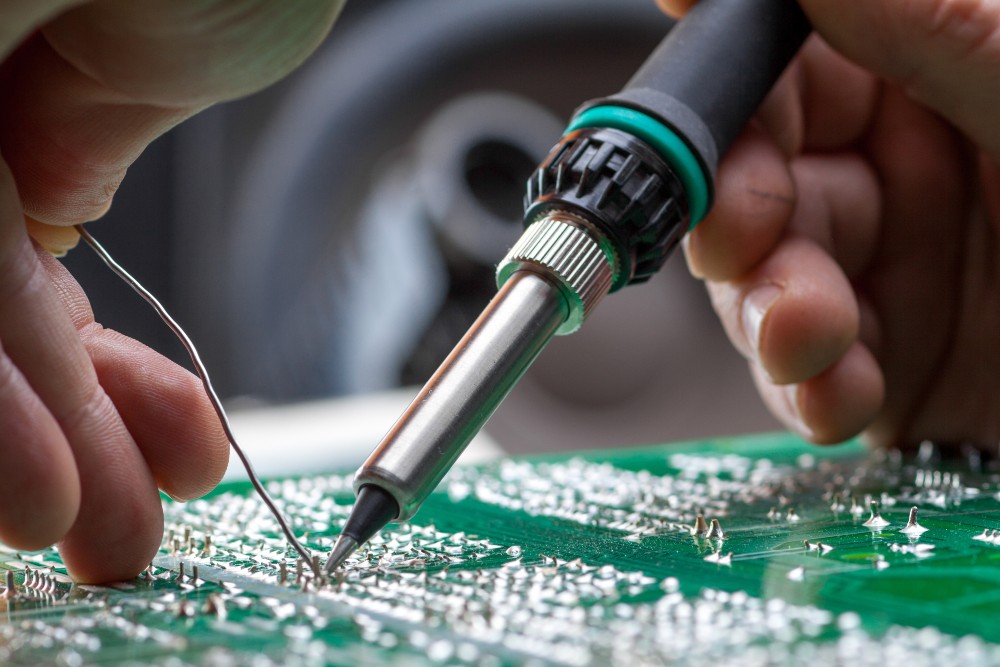
I. Raw Material Processing Link: Insufficient Precision and High Loss
(1) Common Problems
Deviation in metal component cutting: During the cutting of metal brackets, lamp frames, and other components of lighting fixtures, dimensional deviations often occur due to insufficient equipment precision or improper operation. This leads to inability to accurately align during subsequent assembly, requiring rework and repair, thus increasing production costs.
Breakage of glass/acrylic lamp shades: When cutting or polishing glass or acrylic materials, issues such as edge chipping and cracks are prone to occur due to tool wear and improper pressure control, resulting in a material loss rate of 10%-15%.
Uneven surface treatment: During electroplating or painting of metal components, unstable process parameters may cause uneven coating thickness and obvious color differences, affecting the appearance quality of products.
(2) Solutions
Upgrade processing equipment: Introduce high-precision laser cutting equipment with a positioning accuracy of ±0.02mm, which can effectively control the cutting dimensional deviation of metal components; install pressure sensors on glass processing equipment to monitor cutting pressure in real-time and automatically adjust parameters to reduce breakage.
Optimize process parameters: Determine the optimal processing parameters for different materials through trial production, such as current density, temperature, and time during electroplating. Establish a parameter database, and operators strictly implement preset parameters; calibrate equipment regularly to ensure process stability.
Strengthen raw material inspection: Add inspections of indicators such as size and hardness before raw materials are put into storage to eliminate unqualified materials; use shockproof packaging for fragile materials to avoid collisions during transportation and storage.
II. Component Assembly Link: Low Efficiency and Poor Compatibility
(1) Common Problems
Slow manual assembly speed: Traditional manual assembly relies on workers' proficiency, with an average of 50-80 pieces assembled per person per hour, which is difficult to meet the demand of surging orders; moreover, manual operations are prone to problems such as missing or wrong assembly (e.g., wrong wiring).
Poor component compatibility: Slight dimensional differences exist between components produced in different batches, leading to poor compatibility during assembly, such as misaligned screw holes and unfastened buckles, requiring piece-by-piece adjustment.
Hidden dangers of wrong wiring: The internal wire connections of lamps are complex, and manual wiring is prone to problems such as reversed positive and negative poles and loose wire ends, which may cause safety hazards like short circuits and electric leakage.
(2) Solutions
Promote semi-automatic assembly lines: Introduce automated equipment in links such as lamp base installation and screw fastening, such as automatic screw locking machines (with an efficiency of 30-50 screws per minute) and robotic arm-assisted positioning, increasing manual assembly efficiency to 150-200 pieces per hour; set up error-proof sensors in key steps, which automatically stop and alarm if components are missing.
Establish a standardized production system: Formulate unified component dimensional tolerance standards (e.g., ±0.1mm), use tooling fixtures to fix processing molds to ensure consistency of components in different batches; record production data of each batch of components through the MES system for easy tracing and adjustment.
Adopt pre-wired modules: Pre-connect the internal wires of lamps in standardized modules with clear positive and negative pole marks. During assembly, only plug-in connection is needed to reduce manual wiring errors; conduct power-on tests on modules before leaving the factory to ensure unobstructed circuits.
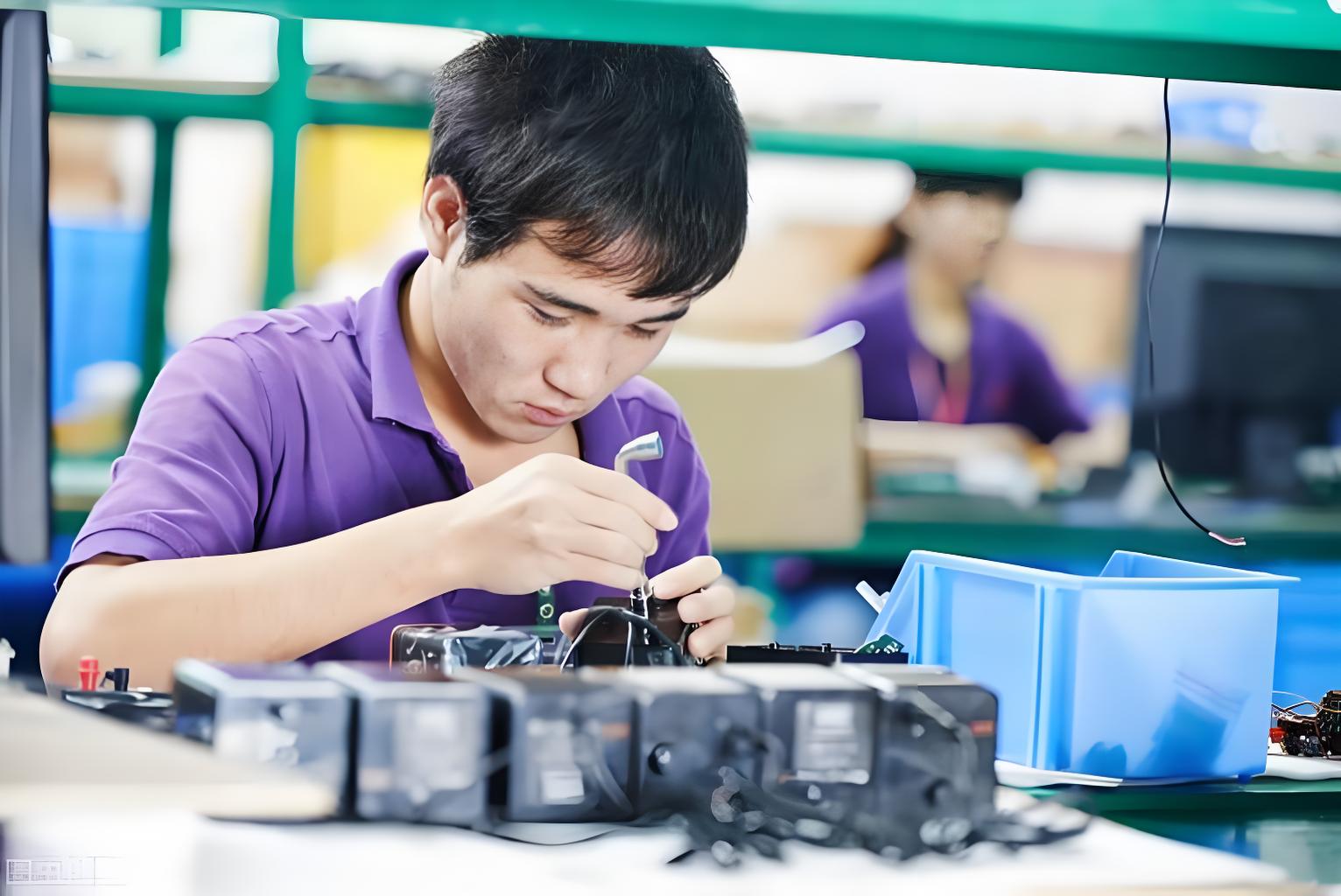
III. Welding and Connection Link: Cold Solder Joints and Insufficient Strength
(1) Common Problems
Cold solder joints and false welding: When welding LED lamp beads to circuit boards, insufficient solder or low temperature may cause cold solder joints, leading to flickering and poor contact when the lamp is lit, with a rework rate as high as 8%-12%.
Cracking of metal welds: After welding load-bearing components such as lamp frames, cracks are prone to occur during use due to weld bubbles and stress concentration, affecting structural strength.
Welding fume pollution: Failure to timely handle fumes generated by manual welding not only endangers workers' health but also adheres to the product surface, affecting subsequent coating quality.
(2) Solutions
Introduce automated welding equipment: Use reflow soldering technology to weld LED lamp beads, ensuring sufficient melting and uniform coverage of solder by precisely controlling the temperature curve (e.g., temperature and time in preheating, welding, and cooling stages); use laser welding machines for metal components, with weld width controllable within 0.1-0.3mm and strength increased by more than 30%.
Strengthen welding quality inspection: Randomly select 10% of welded products in each batch for tensile testing (e.g., lamp frame welds must bear a tensile force of more than 5kg), and use X-ray flaw detection to inspect internal weld defects; conduct power-on tests on LED solder joints to ensure no poor contact.
Install fume purification systems: Install suction hoods and high-efficiency filters above welding stations to collect welding fumes in real-time, with a purification efficiency of over 95%, improving the working environment.
IV. Coating and Surface Treatment Link: Coating Defects and Environmental Issues
(1) Common Problems
Coating bubbles and pinholes: During spraying, bubbles and pinholes may appear in the coating after drying due to oil stains, dust on the substrate surface, or air mixed in during paint stirring, requiring re-sanding and spraying, thus increasing working hours.
Incomplete drying and curing: Incomplete curing of the coating leads to easy scratching and peeling of the product surface, especially in high-temperature environments.
Failure to meet environmental standards: Volatile organic compounds (VOCs) emitted by traditional solvent-based coatings exceed the standard, risking environmental penalties; improper wastewater treatment pollutes the environment.
(2) Solutions
Optimize pre-treatment processes: Degrease, derust, and phosphatize the substrate before spraying, using an automated spray system to ensure uniform cleaning; perform vacuum defoaming on coatings before use to avoid air mixing.
Precisely control drying parameters: Set drying temperature (e.g., 60-80℃ for water-based coatings, 120-150℃ for oil-based coatings) and time according to coating types, install temperature sensors to monitor the temperature in the drying room in real-time to ensure complete curing.
Switch to environmentally friendly materials and equipment: Replace with water-based coatings or powder coatings (reducing VOCs emissions by more than 90%), and adopt electrostatic spraying technology to improve coating utilization (from 30%-40% in traditional spraying to 80%-90%); establish a wastewater recycling system, and the treated water can be reused in pre-treatment links.
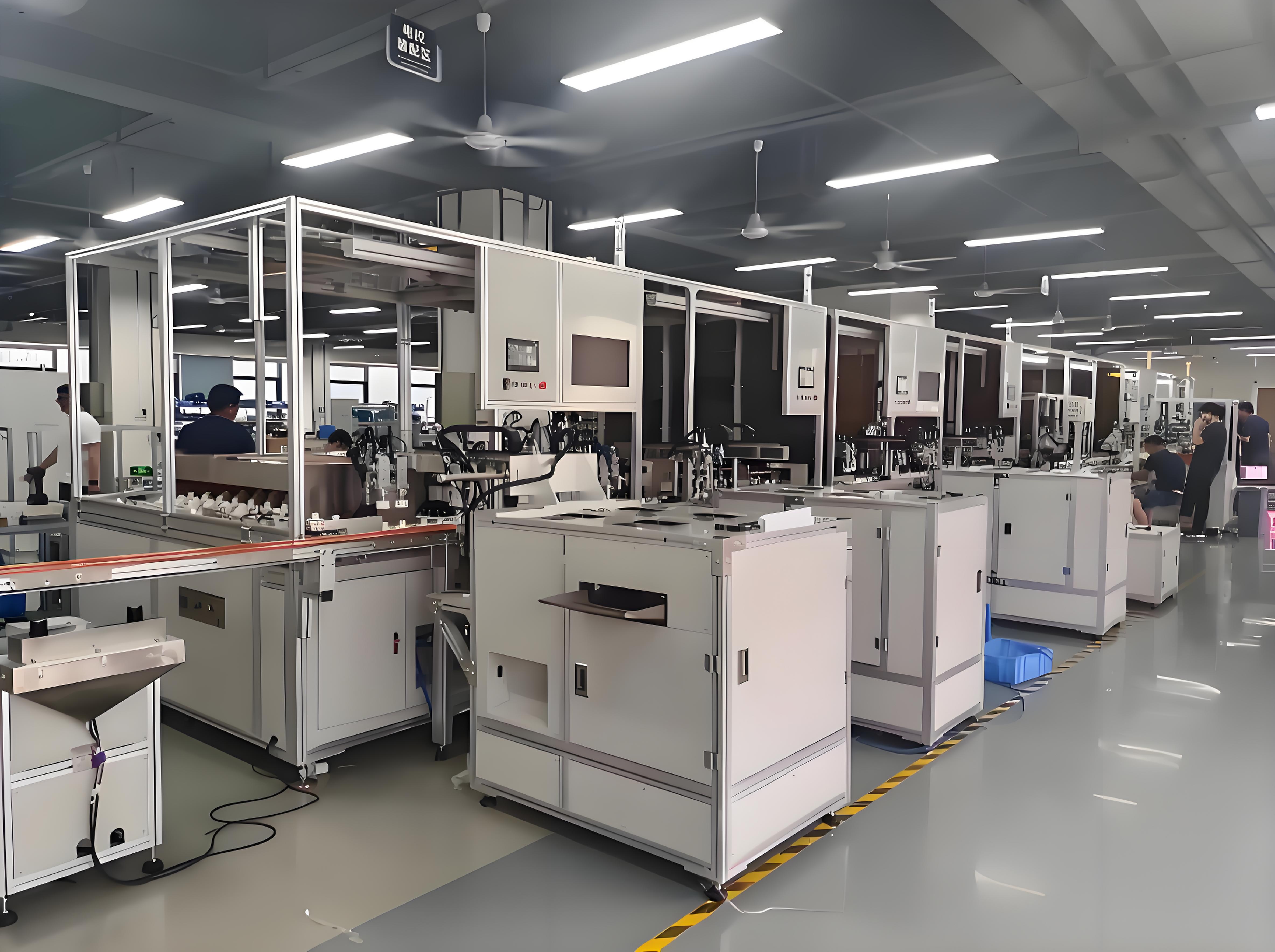
V. Quality Inspection Link: Missed Inspection and Inconsistent Standards
(1) Common Problems
Missed inspection in manual inspection: Relying on manual visual inspection for appearance defects (such as scratches and color differences) is prone to missed inspection due to fatigue or ambiguous standards, leading to customer complaints after unqualified products enter the market.
Low efficiency of performance testing: Traditional lamp aging tests require manual power-on and data recording one by one, taking 2-4 hours for a single test, which is difficult to meet the demand for large-batch testing.
Inconsistent inspection standards: Different inspectors have different understandings of the "qualified" criteria, resulting in quality fluctuations in the same batch of products.
(2) Solutions
Introduce automated inspection equipment: Install visual inspection systems at the end of the production line, which identify appearance defects through high-definition cameras and AI algorithms, with an inspection speed of 20-30 pieces per second and a missed inspection rate of less than 0.5%; use spectral analysis equipment to automatically detect optical parameters such as color temperature and color rendering index, with data uploaded to the system in real-time.
Establish intelligent aging test lines: Connect lamps to aging test racks in batches, automatically switch voltages and record lighting time and status through the PLC control system. After the test, qualified/unqualified reports are generated automatically, increasing efficiency by 5-8 times.
Formulate clear inspection standards: Quantify inspection indicators such as appearance and performance (e.g., scratches with length ≤0.5mm are qualified), make standard samples for inspectors' reference; train and assess inspectors regularly to ensure consistent implementation of standards.
VI. Production Planning and Scheduling Link: Chaotic Scheduling and Equipment Idle
(1) Common Problems
Unreasonable order scheduling: When urgent orders are inserted, the production plan is not adjusted in time, leading to frequent product model switching on the production line, increased equipment debugging time, and reduced effective production time.
Uneven equipment load: Some equipment runs at full load or even overload due to concentrated orders, leading to failures; other equipment is idle for a long time, resulting in serious resource waste.
Delayed information transmission: Production progress, material inventory, and other information are reported through manual statistics, with a data delay of 1-2 days, leading to scheduling decision-making errors, such as discovering insufficient inventory only when materials are in short supply.
(2) Solutions
Adopt APS advanced scheduling system: Automatically generate the optimal production plan based on factors such as order priority, equipment capacity, and material availability. When urgent orders are inserted, it can quickly reschedule, reducing equipment switching time (from an average of 2 hours to less than 30 minutes).
Implement equipment load monitoring: Collect equipment operation data in real-time through IoT technology, display the load rate of each equipment on the monitoring screen. Schedulers can evenly distribute tasks according to the load situation, increasing equipment utilization from 60%-70% to over 85%.
Build a real-time data platform: Integrate MES and ERP system data to realize real-time sharing of information such as production progress, material inventory, and equipment status. Automatically warn when material inventory is below the safety line to ensure production continuity.
By specifically solving the above problems in the production process, lighting enterprises can significantly improve production efficiency, reduce costs, and stabilize product quality, providing a solid guarantee for coping with order fluctuations and market competition. In practical applications, it is necessary to flexibly adjust solutions according to enterprise scale, product type, and other characteristics, and gradually realize the optimization and upgrading of the production process.
